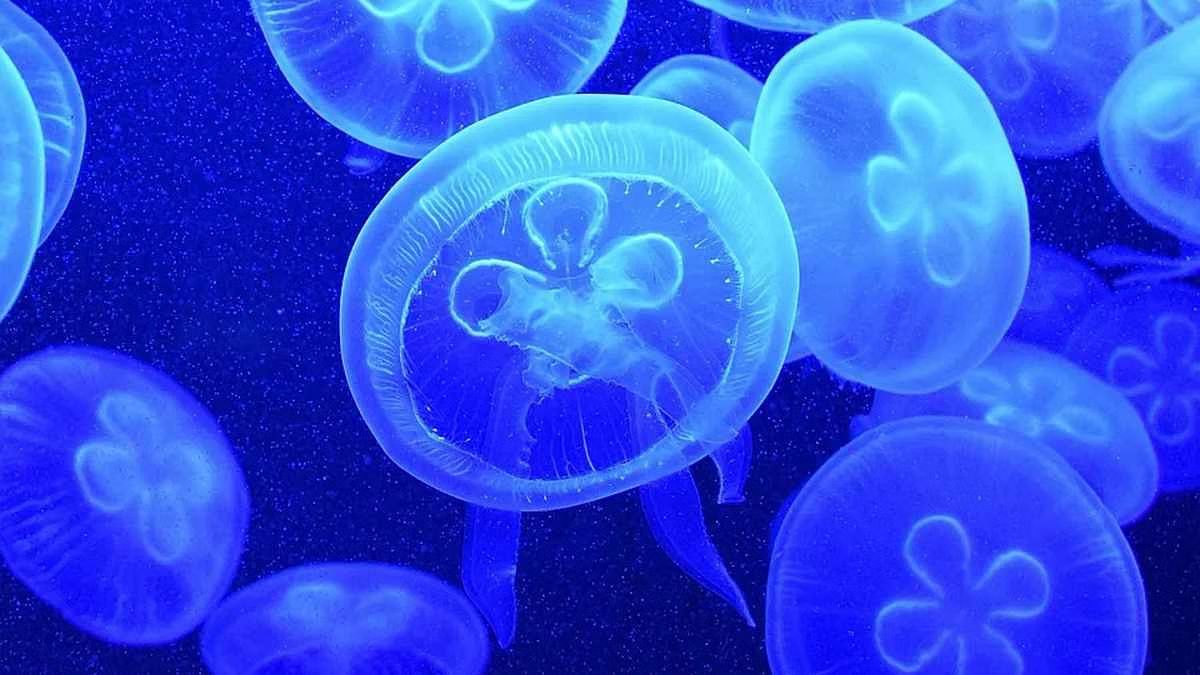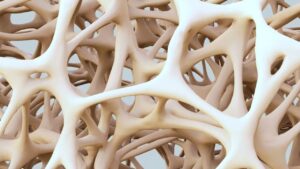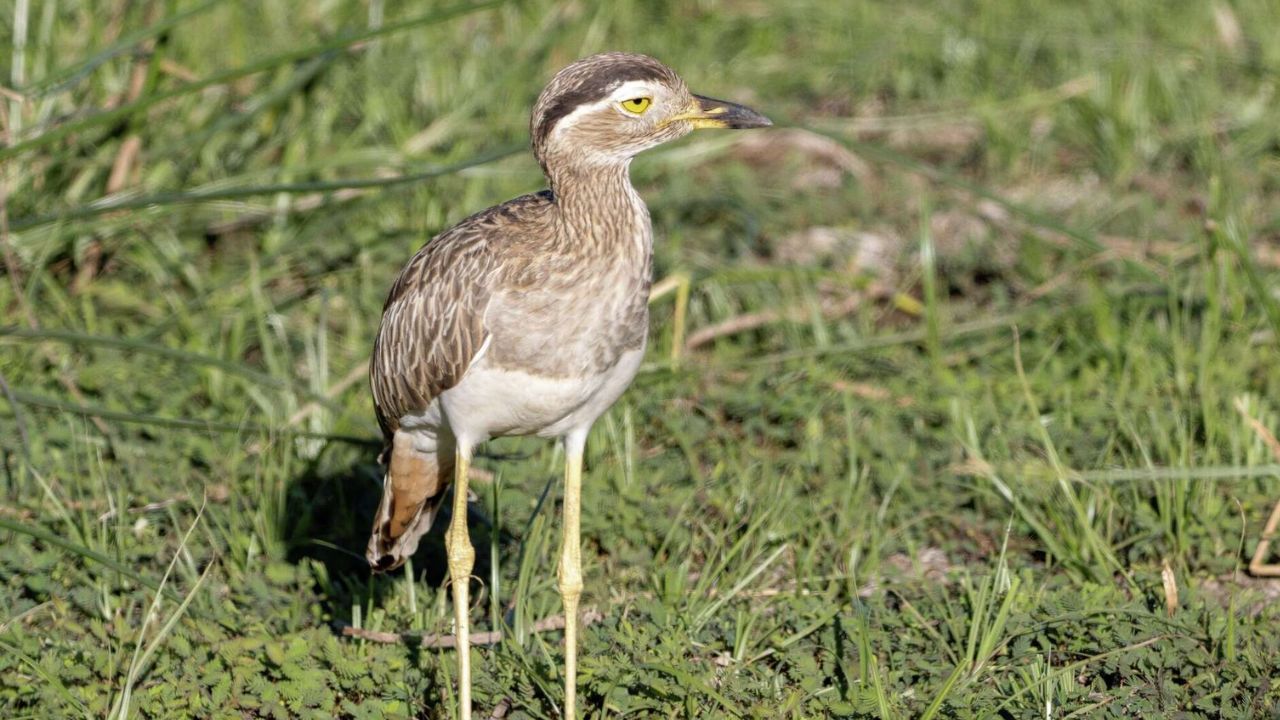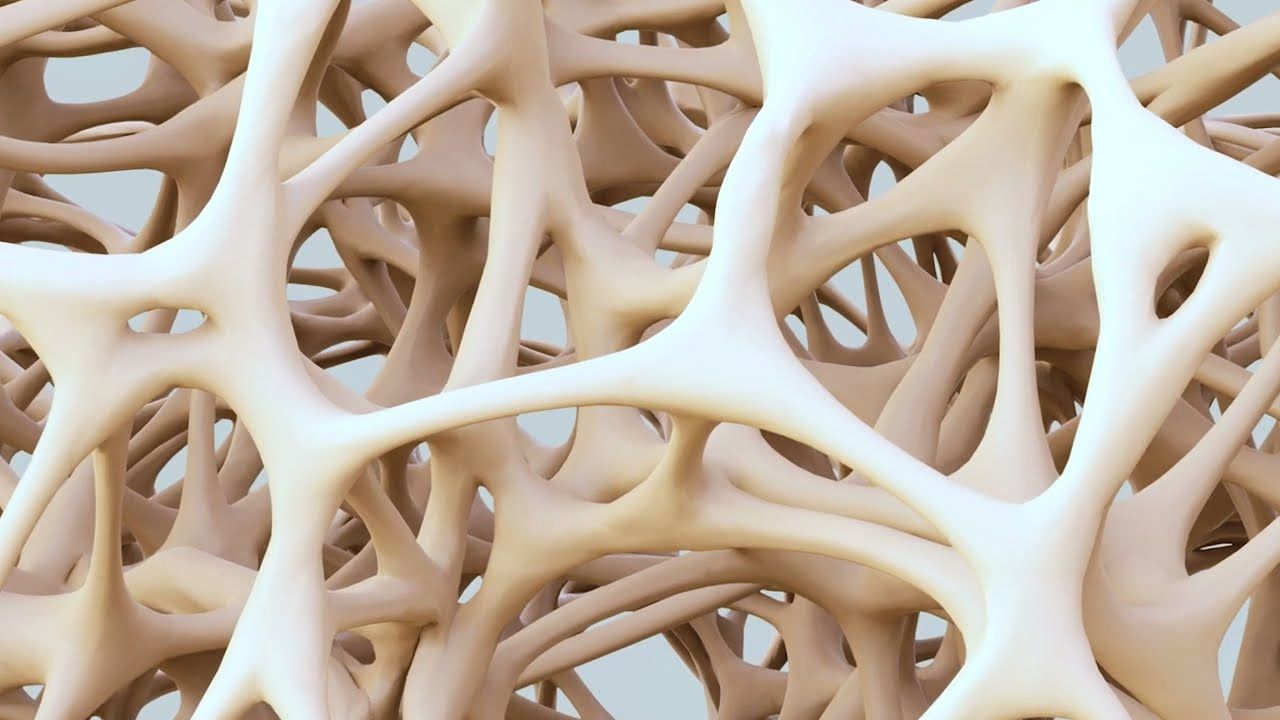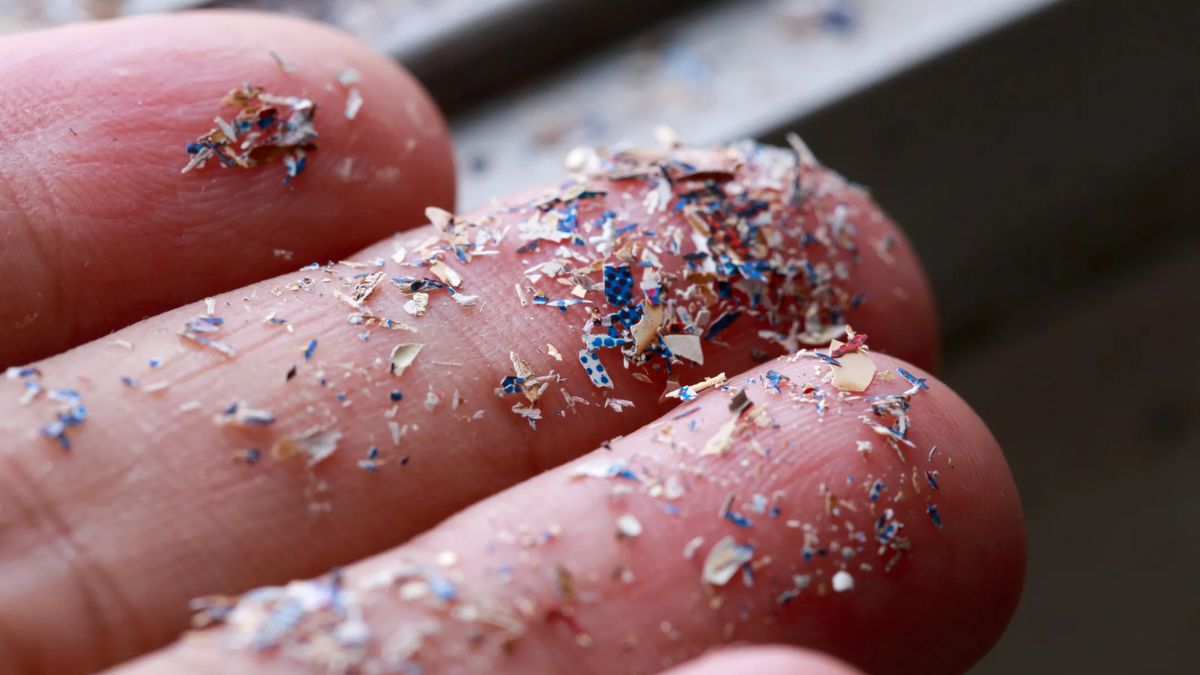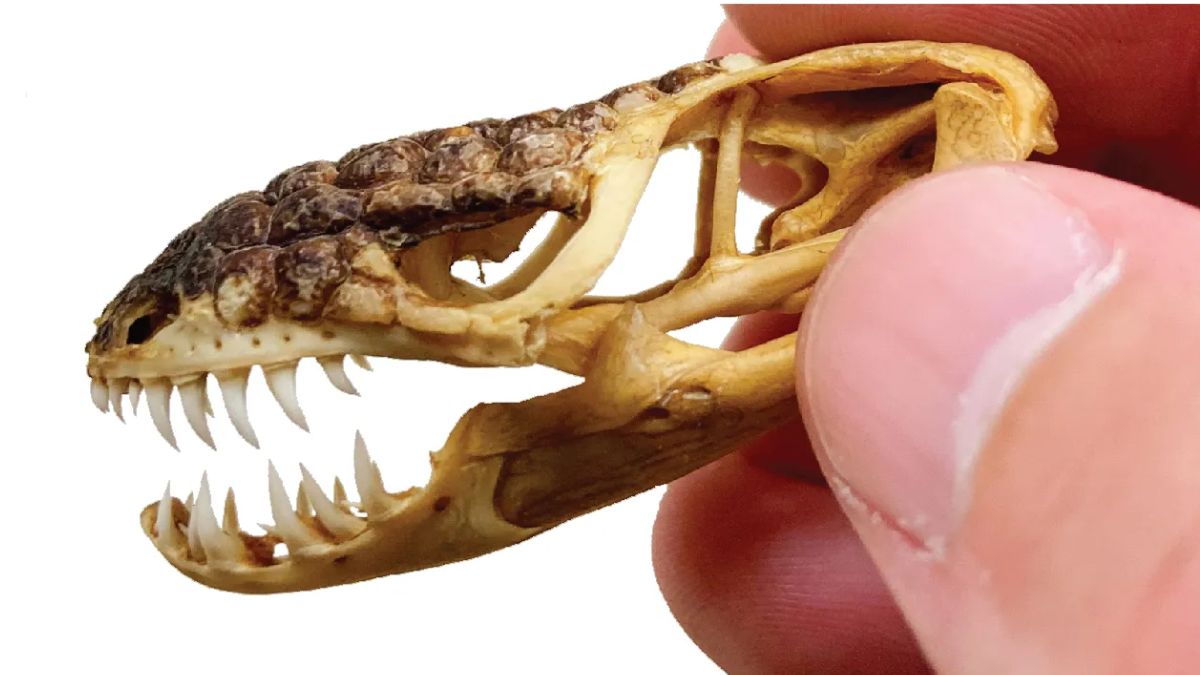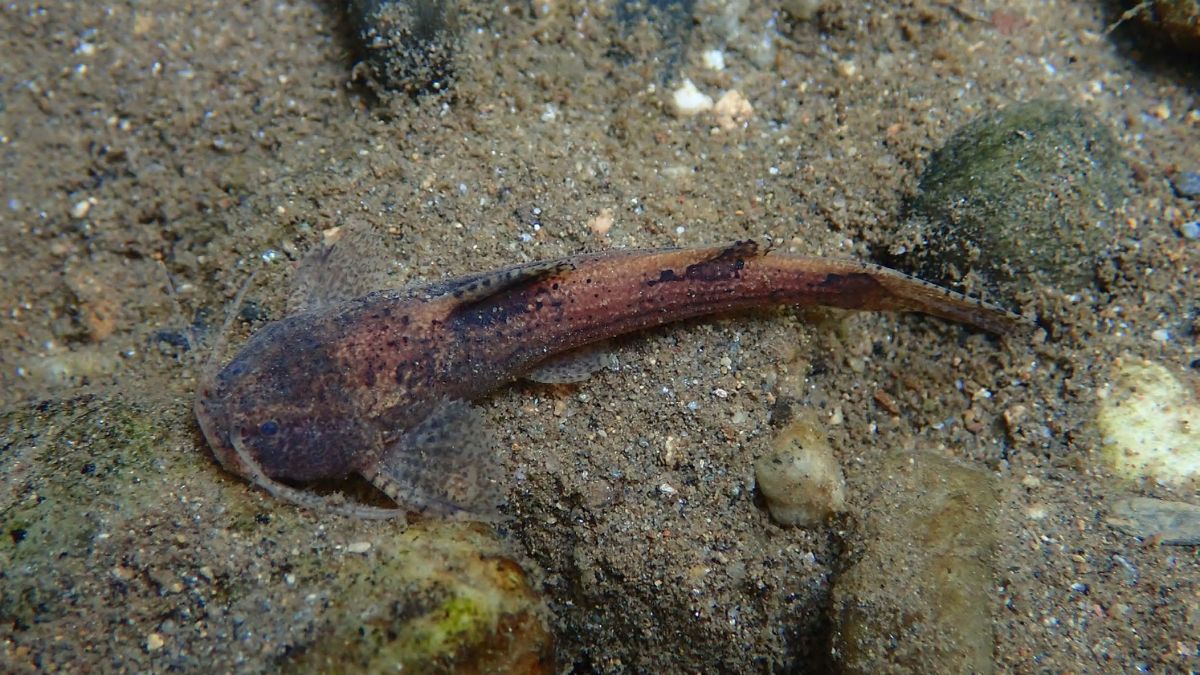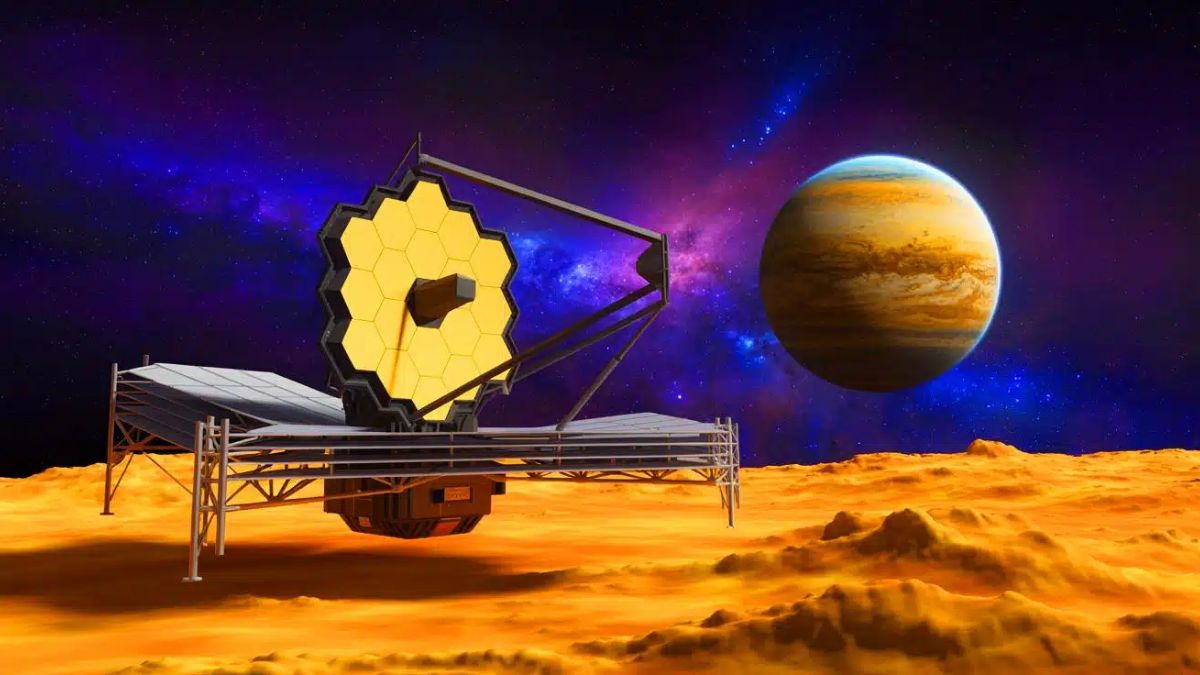For the longest time, we all assumed one thing about animals: they need oxygen to survive. It’s practically a rule of life, right? No oxygen, no cellular respiration. No respiration, no energy. And without energy, an animal can’t grow, reproduce, or even exist.
So, when scientists came across a tiny creature that completely breaks this rule, they were stunned. It’s not a bacterium or a microbe—it’s a legit, multicellular animal that lives and thrives without oxygen.
Discovery
This oxygen-defying creature is called Henneguya salminicola. It’s a microscopic parasite that lives inside certain species of fish, and at first glance, it doesn’t seem like anything special. It has fewer than 10 cells, doesn’t move by itself, and spends its life inside another organism. But what sets it apart is that it lacks something every other known animal has—mitochondrial genes.
That’s right, it doesn’t have the genetic blueprint that tells cells how to use oxygen to make energy. And that’s a game-changer.
Parasite
Let’s break this down. Henneguya salminicola is a parasitic animal. It lives in the muscle tissues of marine fish, where oxygen is nearly absent. Over time, it seems this animal evolved to completely ditch the need for oxygen. Instead of breathing like the rest of us, it skips that part entirely.
Since it’s a parasite, it has the luxury of absorbing nutrients and already-processed energy straight from the host fish. Think of it like someone skipping the cooking process and just eating from someone else’s plate every day. Handy, huh?
Mutation
The biggest surprise? This animal doesn’t just avoid using oxygen—it can’t. It has no mitochondrial DNA. In most animals, mitochondria act as power plants inside cells, converting oxygen and nutrients into usable energy. But this little creature tossed that machinery out the window.
Its cells have evolved so much that there’s no trace of the genes responsible for using oxygen. Scientists confirmed this through genetic analysis. That makes it the first known animal to survive its entire life without ever using oxygen. No breath, no problem.
Adaptation
So how does Henneguya salminicola survive? It probably relies on its host for everything. Living deep within fish muscle tissues, it taps directly into the fish’s nutrient supply. It might even absorb already-formed ATP (the energy currency of cells) or use another, still-unknown chemical process to get the energy it needs.
Scientists are still unsure how exactly this works, but they believe it must have developed a completely different energy mechanism—one that doesn’t involve oxygen or mitochondria at all.
Significance
This discovery is huge. It rewrites one of biology’s fundamental rules—that all animals need oxygen to live. With Henneguya salminicola, that rule no longer stands. This creature shows us that life is more flexible, and sometimes, downright bizarre.
It proves that evolution can take unexpected paths, and that organisms can adapt in radical ways, especially in extreme environments like oxygen-poor ocean depths.
Here’s a quick summary of how this animal compares to others:
| Feature | Most Animals | Henneguya salminicola |
|---|---|---|
| Uses Oxygen | Yes | No |
| Has Mitochondrial DNA | Yes | No |
| Lives Independently | Yes (mostly) | No (parasitic) |
| Energy from Respiration | Yes | Unknown (possibly absorbed) |
Astrobiology
You might be wondering—why does this matter beyond the fish it lives in? Well, this changes how we think about life itself, even beyond Earth. If an animal on Earth can live without oxygen, what about life on other planets with completely different atmospheres?
That’s where astrobiology comes in—the study of life in the universe. Until now, scientists were mostly looking for oxygen-based life forms in space. But this discovery opens the door to the possibility of life in places we once thought were uninhabitable.
What if there are other “oxygen-free” life forms out there? What if life can exist in even more extreme and alien environments than we imagined?
Possibilities
The discovery of Henneguya salminicola pushes scientists to ask bigger questions. Could there be more animals like this? Could life have started or adapted in ways we haven’t yet understood? Could entire ecosystems exist without oxygen?
These questions are just the beginning. This tiny parasite may not seem like much, but it’s already reshaping the way we understand biology, evolution, and even the potential for alien life.
So next time you think you know the rules of life, remember Henneguya salminicola. It’s living proof that nature doesn’t always follow the script—and sometimes, it tears the whole thing up and starts fresh.
FAQs
What is Henneguya salminicola?
It’s a tiny parasite that lives inside fish and doesn’t use oxygen.
Does it breathe like other animals?
No, it has no mitochondrial DNA and can’t use oxygen.
How does it get energy?
It absorbs nutrients and possibly energy from its host fish.
Is this common in animals?
No, this is the only known animal to live without oxygen.
Why is this discovery important?
It changes how we understand life and its potential beyond Earth.

